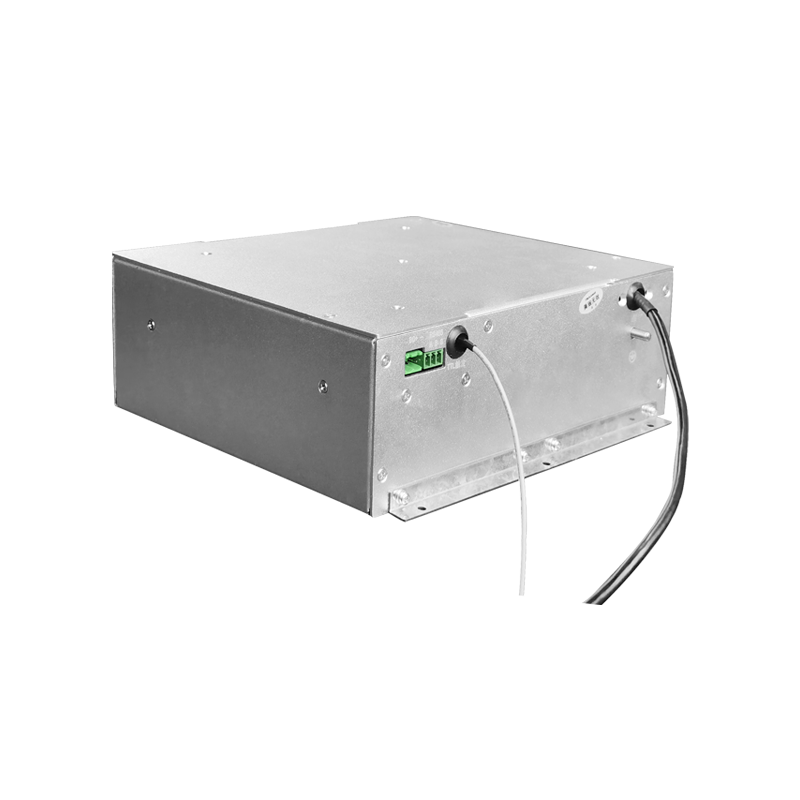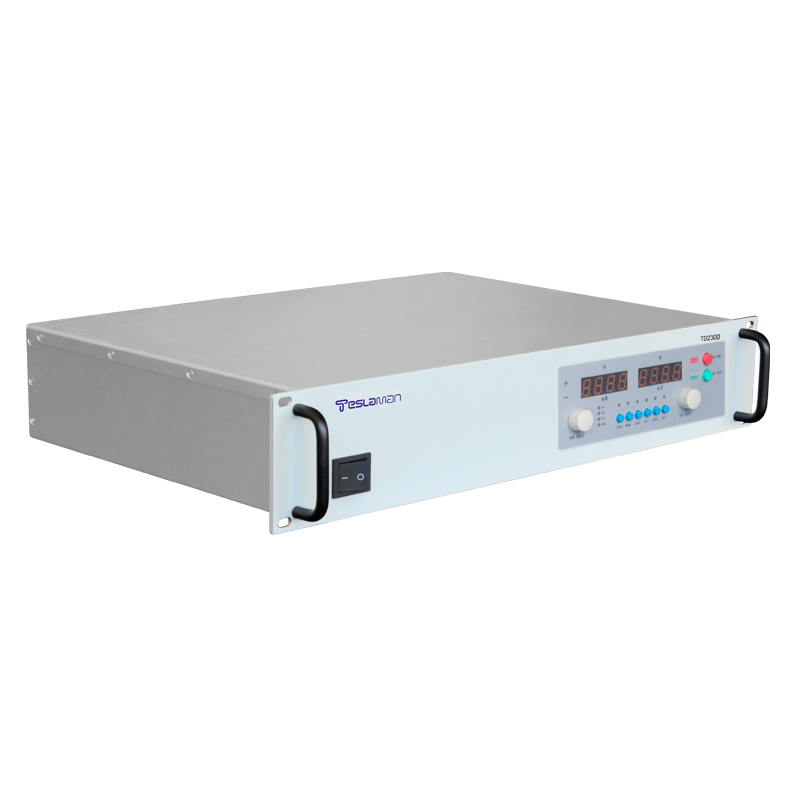Evolution and Engineering Practice of Modular Design for Standard Rack-Mounted High Voltage Power Supplies
Under the trend of integrated high-voltage power systems, the modular design of standard rack-mounted high-voltage power supplies has become a pivotal direction for technological innovation. This design paradigm achieves coordinated optimization of power density, maintenance efficiency, and system reliability through functional decoupling and system reconfiguration. This article analyzes core breakthroughs and engineering value from three technical dimensions: architectural design, thermal management strategies, and intelligent monitoring systems.
The core of modular architecture lies in layered power unit design. Within 19-inch standard racks employing distributed bus structures (DBS), single-module power density has reached 8kW/U, representing a 120% improvement over traditional integrated designs. Key innovations include autonomous current-sharing technology for pluggable power modules, where digital signal processors (DSP) monitor module status in real-time, achieving dynamic load balancing within 10μs and maintaining output voltage ripple below 0.05% across 40%-110% load ranges. In particle accelerator magnet power systems, for instance, parallel operation of 32 15kV/20A modules delivers 480kW total output with 99.999% system availability.
Thermal management systems have transcended traditional air-cooling limitations. Composite structures combining phase-change material (PCM) cooling units with liquid cold plates enhance thermal conductivity to 28W/(cm²·K). Experimental data shows that under 45℃ ambient conditions, dual-redundant cooling systems with microchannel cold plates stabilize power module junction temperatures below 85℃, extending MTBF to 150,000 hours. In semiconductor manufacturing equipment, this design reduces thermal radiation losses by 67% in 10^-6 Torr vacuum environments.
Intelligent monitoring systems establish multidimensional sensing networks. Each power module integrates 16-channel sensor arrays collecting 23 parameters including temperature, vibration, and partial discharge, transmitted via industrial Ethernet to central controllers. Enhanced LSTM algorithms achieve 92% accuracy in predicting module health, enabling backup module activation within 3ms when detecting IGBT gate voltage drift exceeding 5%, ensuring output interruption below 1μs. In medical CT power systems, this technology reduces X-ray tube voltage fluctuation coefficients from 1.2% to 0.3%.
Specialized engineering requirements drive standardization of modular interfaces. For aerospace electromagnetic compatibility, quick-connect interfaces with triple shielding suppress radiation interference to -120dBm at 10GHz. Subsea observation network power systems employ pressure-compensated connectors maintaining contact resistance below 0.1mΩ at 6000m depth. Testing confirms that modular systems complying with IEC 62196-3 standards retain insulation resistance above 10^12Ω after 2000-hour salt spray tests.
Current technological bottlenecks center on balancing high-frequency operation with miniaturization. When switching frequencies exceed 500kHz, inter-module crosstalk increases common-mode noise by 18dB, necessitating 3D electromagnetic field simulation for layout optimization. Future development will focus on integrated packaging of wide-bandgap semiconductors and magnetic materials, aiming to surpass 12kW/U power density. The integration of digital twin technology will enable full lifecycle management of modular systems, potentially reducing maintenance costs by 40%.




















